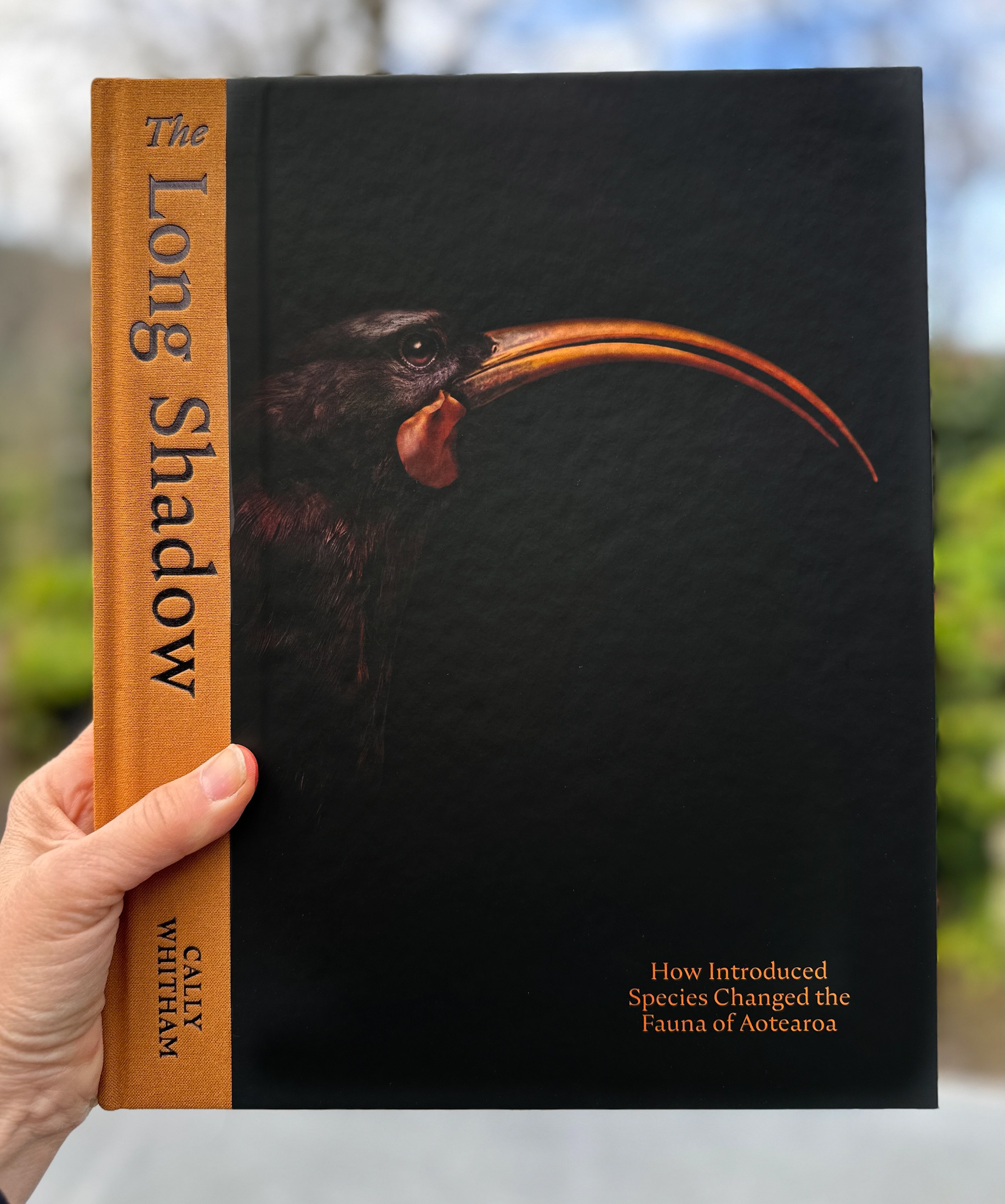
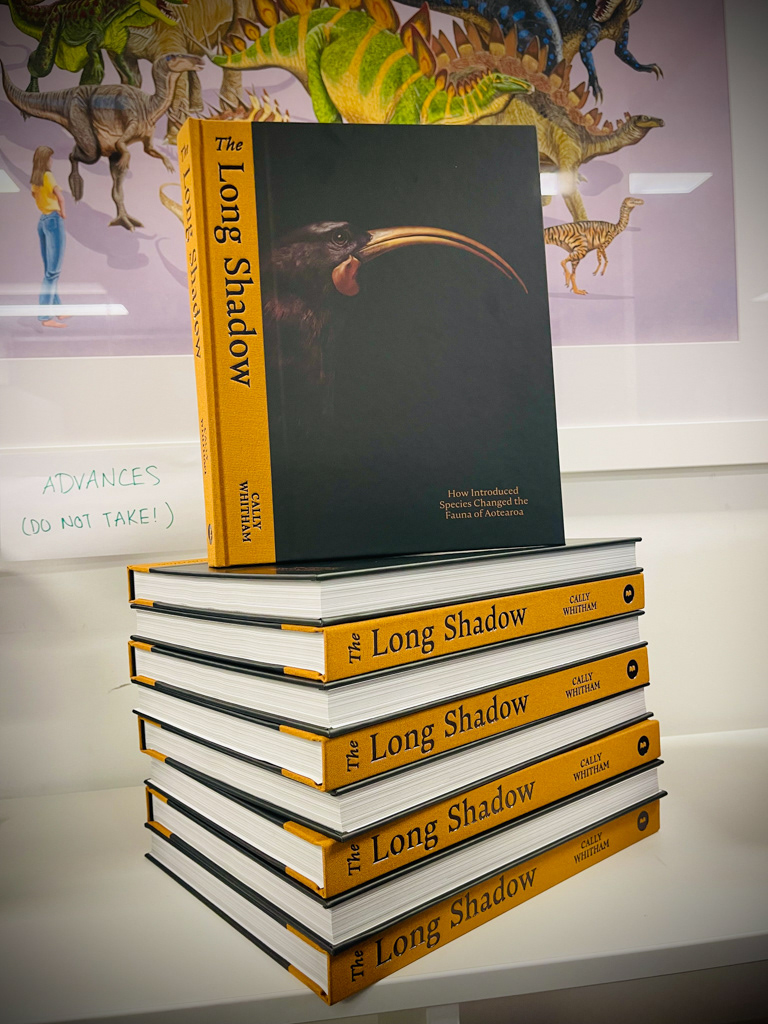
A richly illustrated book exploring how introduced species reshaped Aotearoa’s natural world.
"This book so clearly describes the 'old lady who swallowed a fly' scenario, where they unleashed introductions to deal with previous introductions that resulted in irreversible unintended consequences for our native wildlife."
Nicola Toki - Chief Executive, Forest & Bird
Nicola Toki - Chief Executive, Forest & Bird
"Approaching The Long Shadow, a culmination of many years’ work, is an exercise in astonishment, wonder, and outraged grief. Whitham has meticulously gathered her collection of images of native and introduced New Zealand species with the hope that a reader will look anew at our natural history and its decimation..."
Jessie Neilson - Kete
Jessie Neilson - Kete
"The portrait-style photos are all beautifully shot, akin to Lindauer and Goldie-style portraits of the late 1800s and early 1900s. They are worthy of their own exhibition. The accompanying text makes fascinating reading."
Rachel White, NZ Booklovers
Rachel White, NZ Booklovers
The Long Shadow: How Introduced Species Changed the Fauna of Aotearoa.
The Long Shadow is an homage to the unique biodiversity of Aotearoa and a powerful reminder of the enduring consequences of human intervention.
The Long Shadow is an homage to the unique biodiversity of Aotearoa and a powerful reminder of the enduring consequences of human intervention.
When European settlers first arrived in Aotearoa New Zealand, they brought with them more than dreams of a new life — they brought plants and animals that forever altered the ecosystem. The Long Shadow explores the captivating and complex history of these introduced species and their profound impact on native wildlife.
Through stunning 19th-century-style portraits and vivid historical accounts, this book takes readers on a journey through time, from the ideals of acclimatisation societies to the ecological challenges and losses that followed. It is a story of both destruction and adaptation, revealing the delicate balance between humanity’s ambitions and nature’s inability to keep pace.
RRP $90
A PEEK INSIDE
WHERE TO BUY
Available from the following stockists and more:
Bateman Books
Bookhub.co.nz
Unity Books Auckland
Lamplight Books Parnell
Timeout Bookstore Mt Eden
The Women's Bookshop Ponsonby
Matakana Village Bookstore
Mighty Ape
Book Hero
Muir's Bookshop Gisbourne
Bruce Mckenzie Booksellers Palmerston North
Books for Kids Hamilton
Macleod's Booksellers Rotorua
Poppies Hamilton
The Picton Bookshop
Paradox Books Devonport
The Nile
Wheelers Books
Whitcoulls
Timaru Booksellers
Martinborough Books & Post
University Bookshop Cantebury
Picadilly Bookshop Avonhead
Penny's Bookstore Hamilton
Almo's Books Carterton
Unity Books Wellington
The Next Chapter Wanaka
Books & Co Otaki
Marsden Books Wellington
Wardini Books Napier
Page & Blackmore Booksellers Napier
Carson's Bookshop Thames
Emma's at Oxford
BOOK DETAILS
RRP: $90.00 NZD,
ISBN: 978-1-77-689-155-9
Format: 292 x 235, portrait, 256 pages, cased PLC with linen cloth
Bateman Books
Bookhub.co.nz
Unity Books Auckland
Lamplight Books Parnell
Timeout Bookstore Mt Eden
The Women's Bookshop Ponsonby
Matakana Village Bookstore
Mighty Ape
Book Hero
Muir's Bookshop Gisbourne
Bruce Mckenzie Booksellers Palmerston North
Books for Kids Hamilton
Macleod's Booksellers Rotorua
Poppies Hamilton
The Picton Bookshop
Paradox Books Devonport
The Nile
Wheelers Books
Whitcoulls
Timaru Booksellers
Martinborough Books & Post
University Bookshop Cantebury
Picadilly Bookshop Avonhead
Penny's Bookstore Hamilton
Almo's Books Carterton
Unity Books Wellington
The Next Chapter Wanaka
Books & Co Otaki
Marsden Books Wellington
Wardini Books Napier
Page & Blackmore Booksellers Napier
Carson's Bookshop Thames
Emma's at Oxford
BOOK DETAILS
RRP: $90.00 NZD,
ISBN: 978-1-77-689-155-9
Format: 292 x 235, portrait, 256 pages, cased PLC with linen cloth
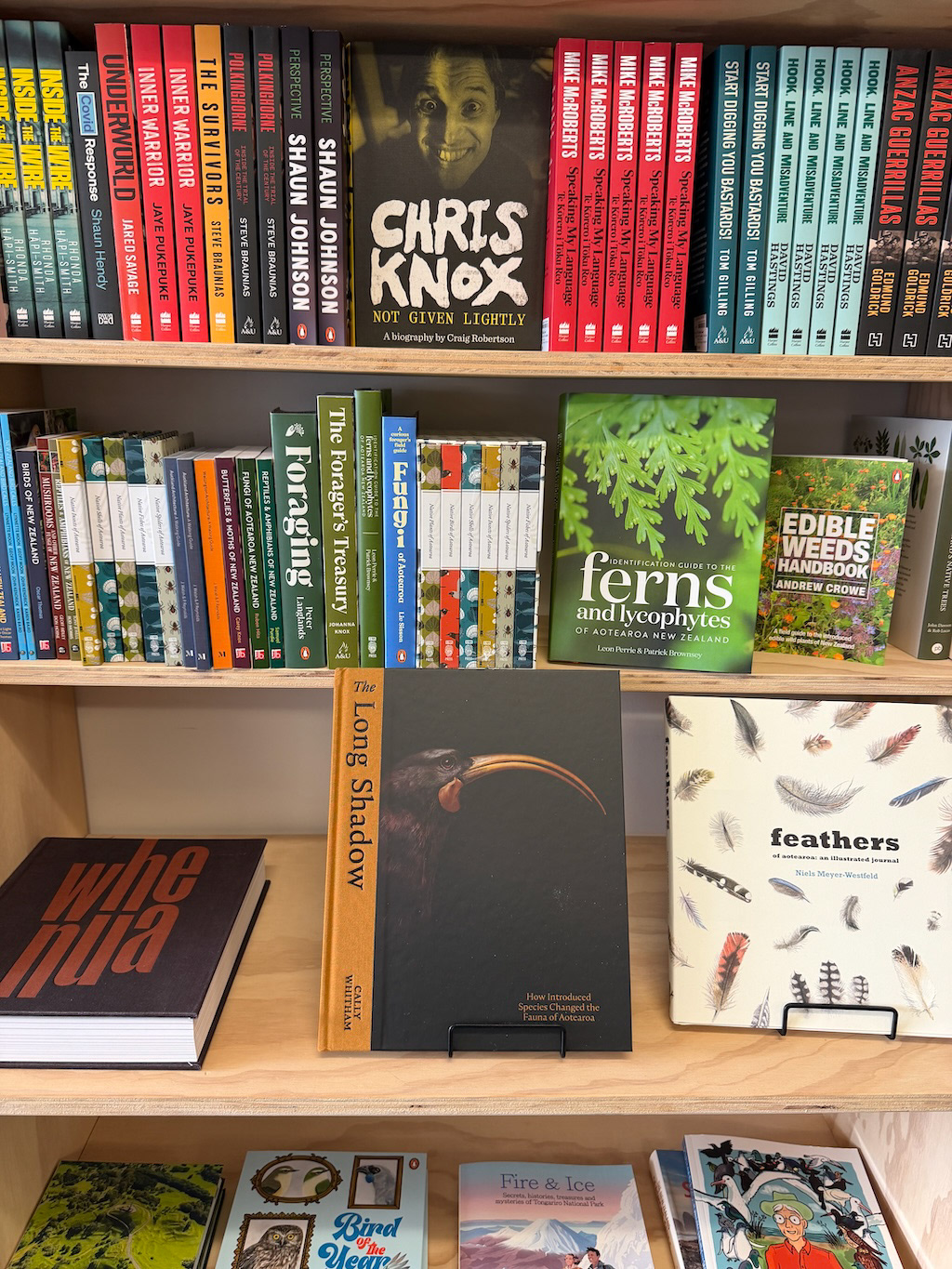
Booklovers Milford
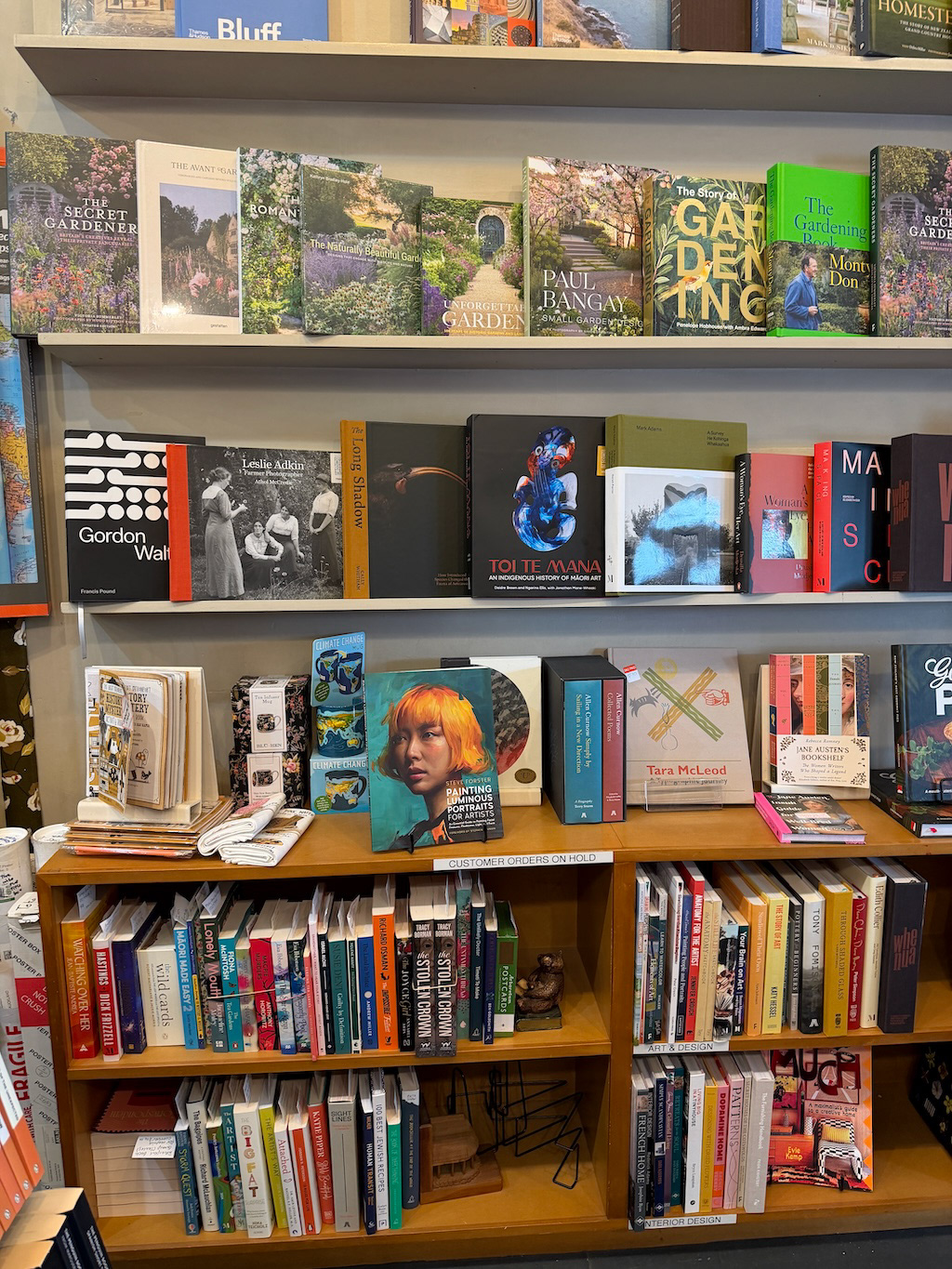
Paradox Devonport
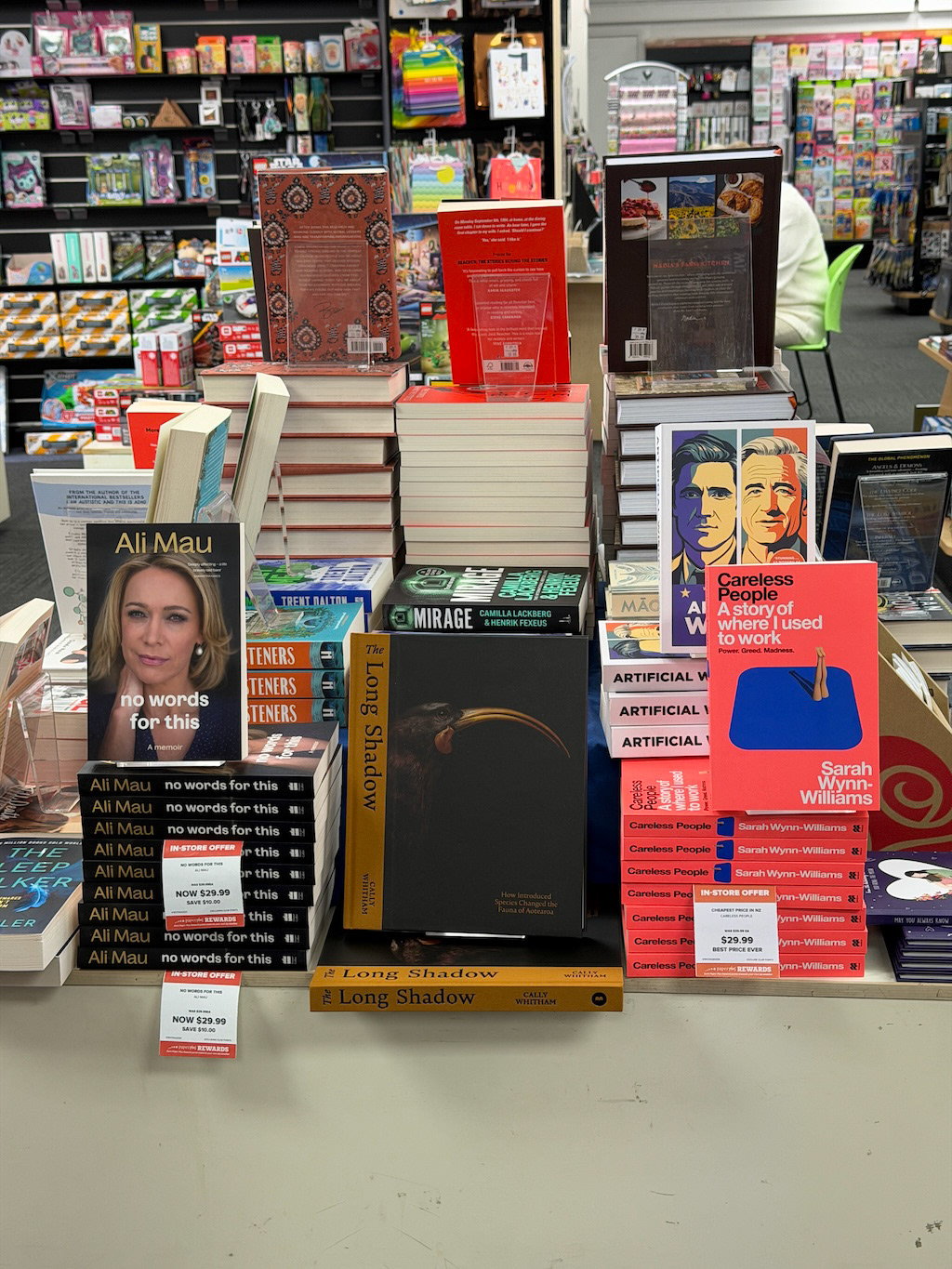
Paper Plus Warkworth
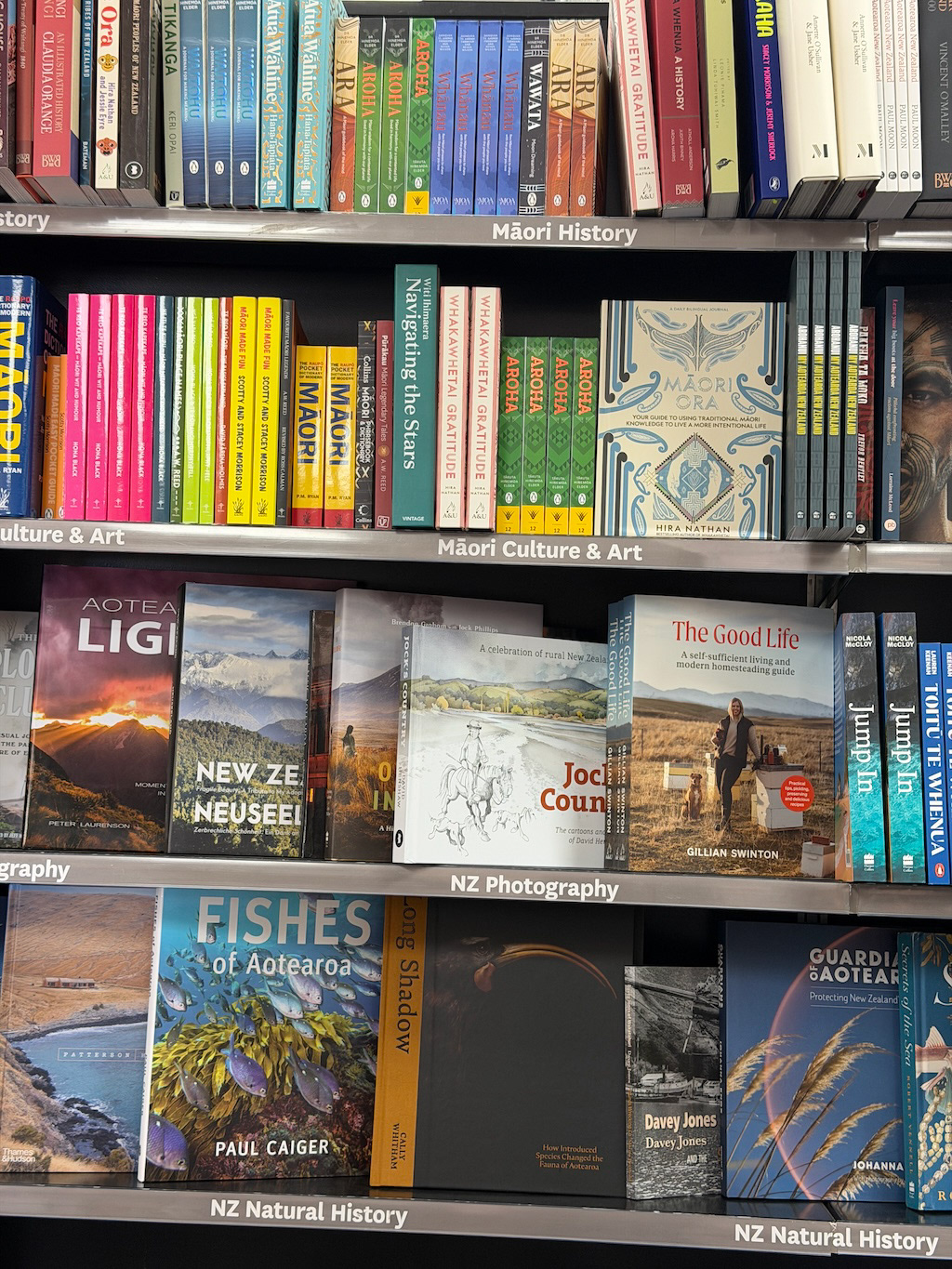
Whitcoulls
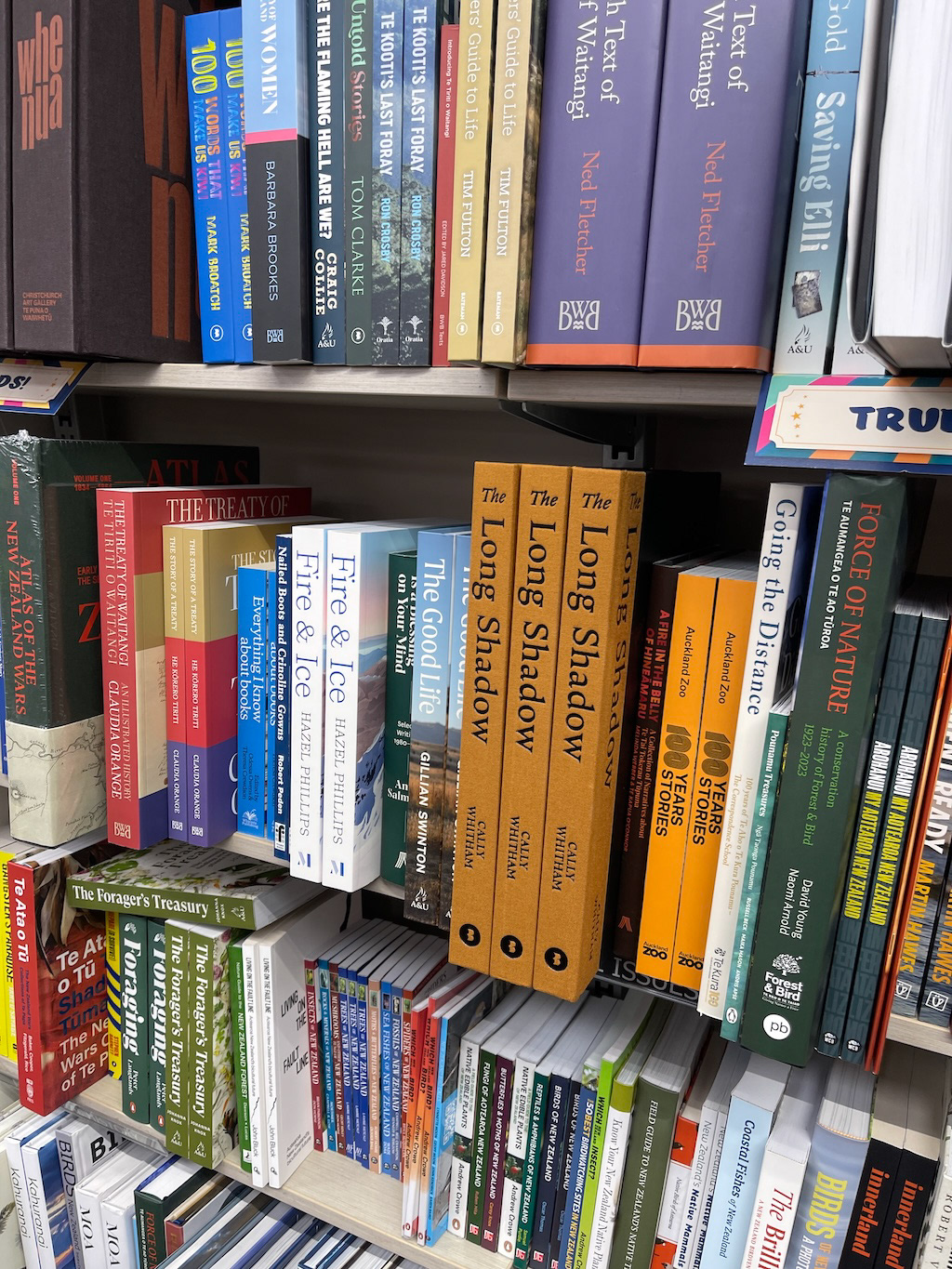
Whitcoulls Albany
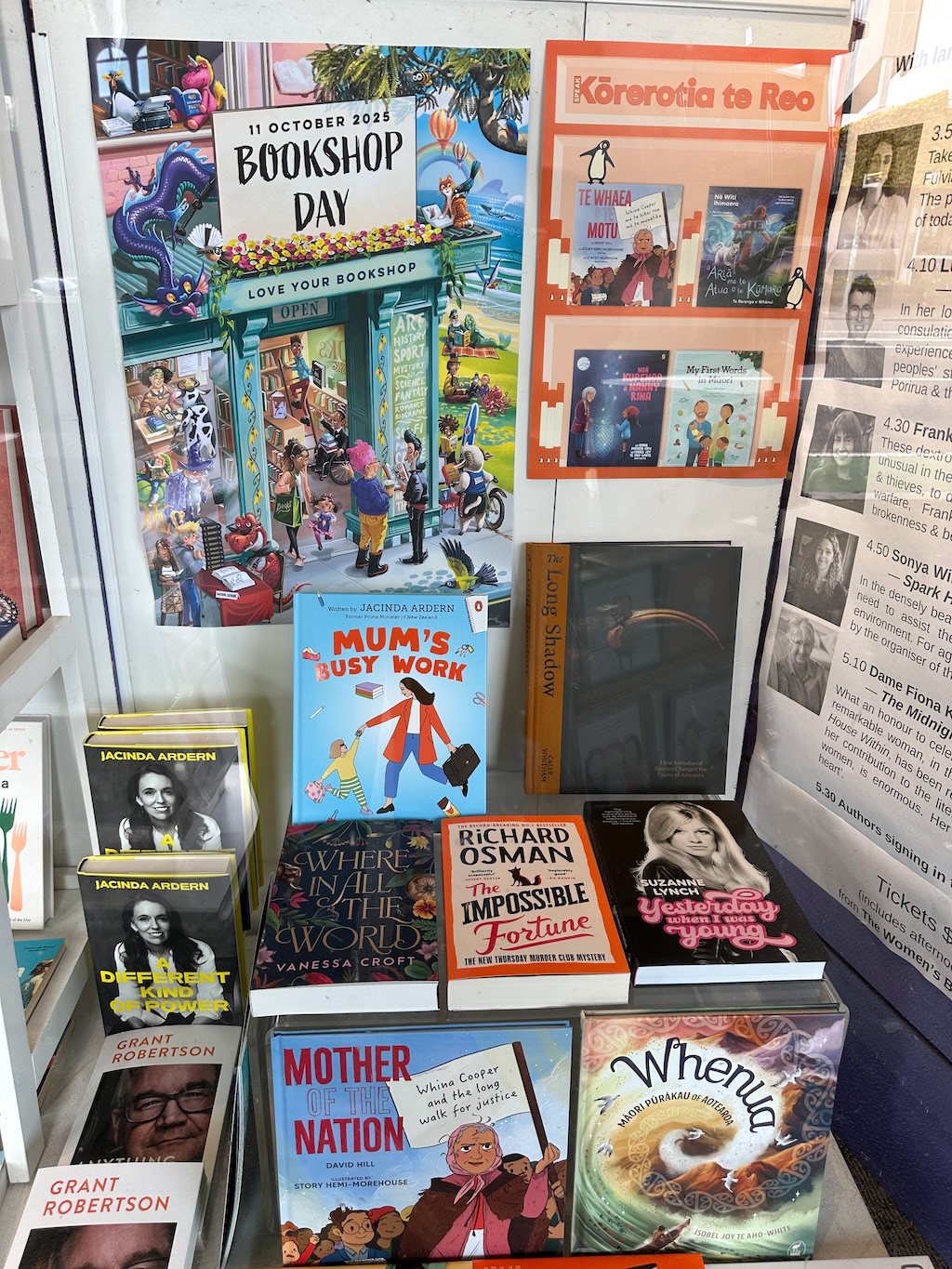
The Women's Bookshop Ponsonby
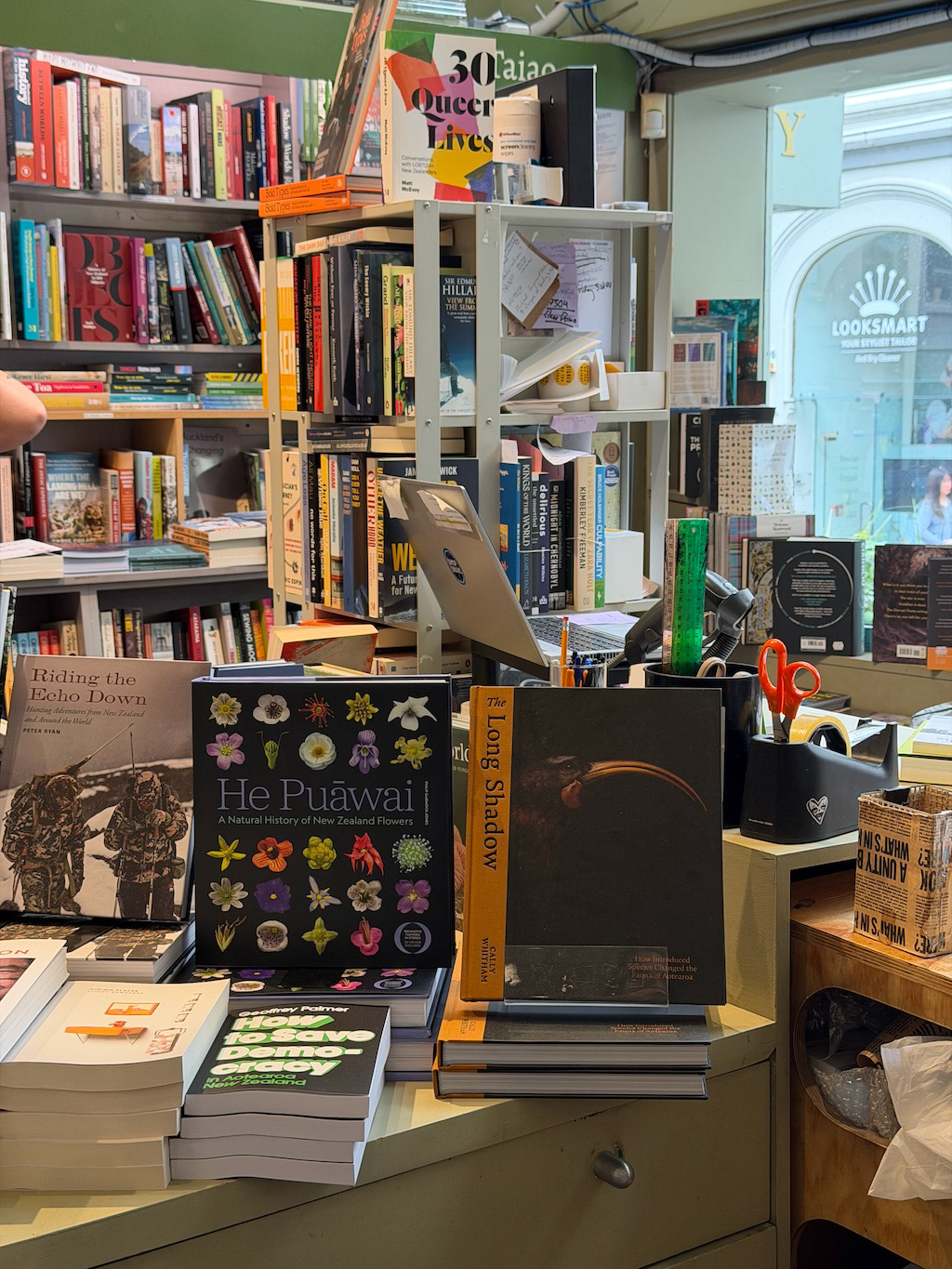
Unity Auckland
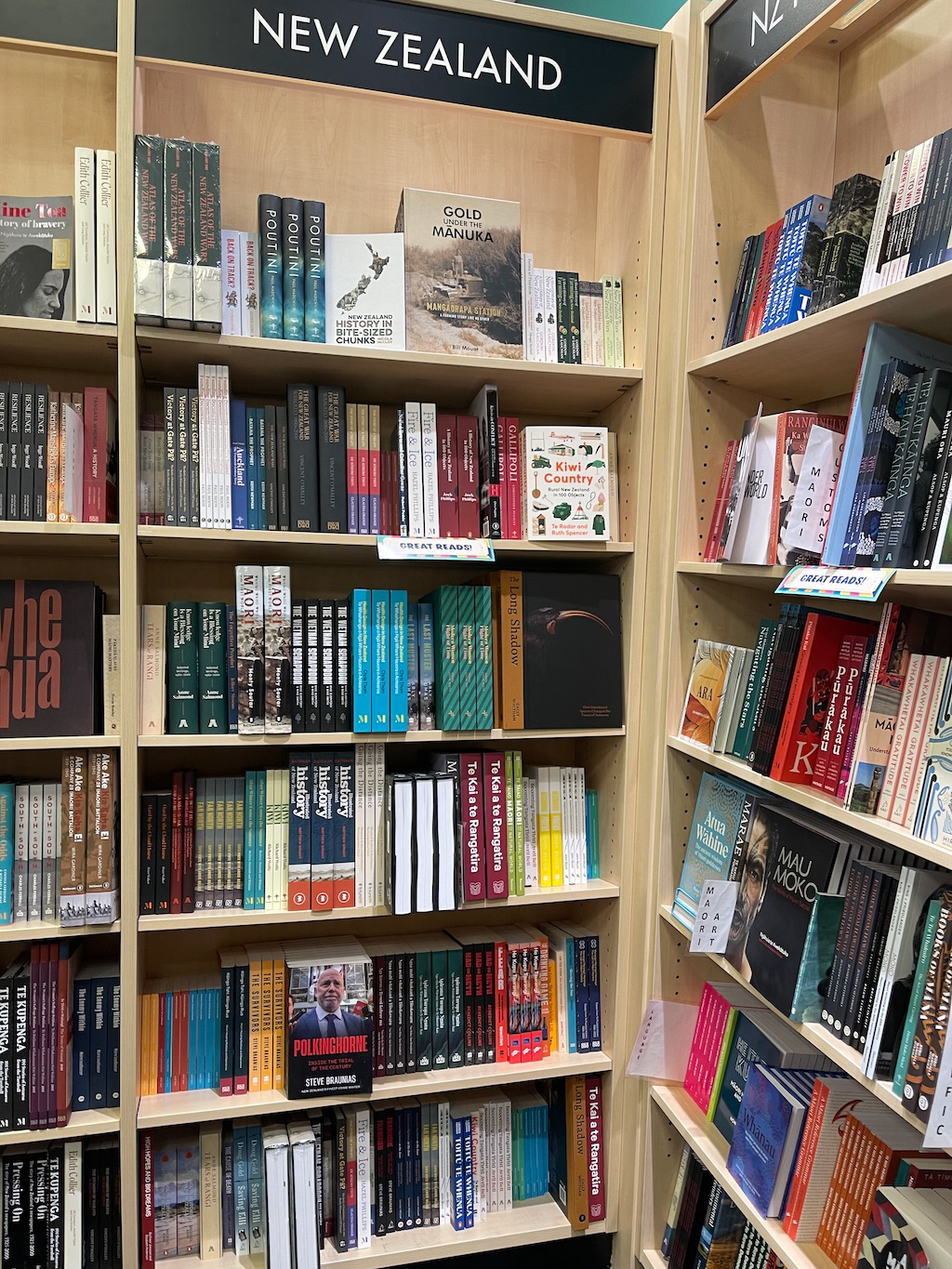
Whitcoulls
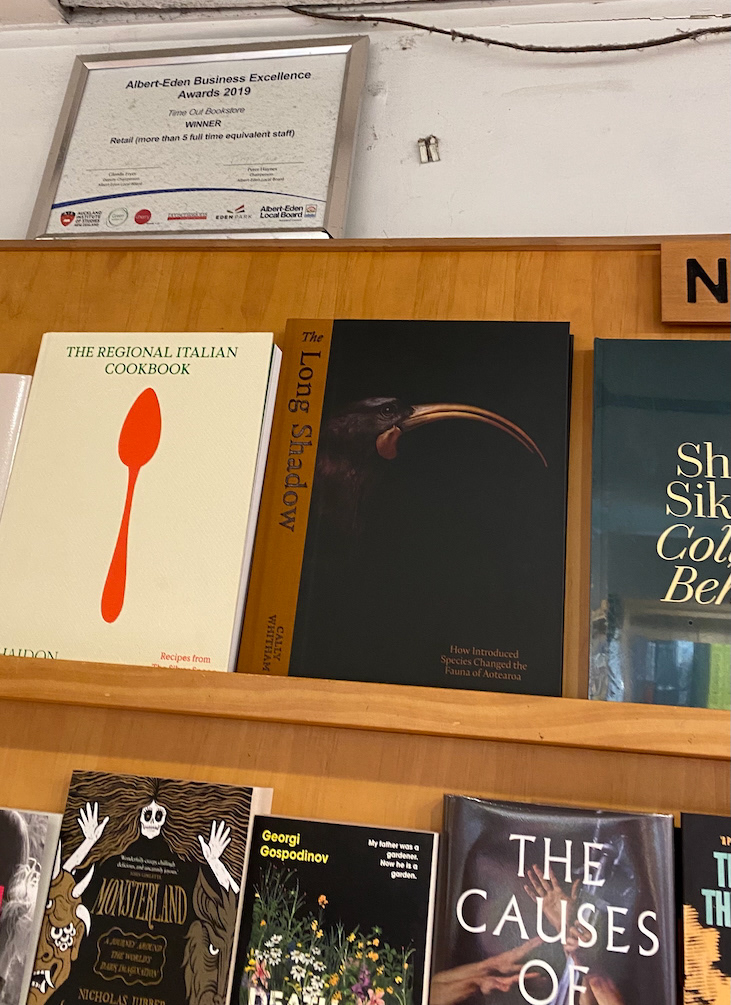
Timeout Mt Eden
HOW THE BOOK CAME ABOUT
My Great Grandfather's kiwi at Dargaville Museum
Photography, history, and a love of birds all took root for me in childhood. I grew up surrounded by portraits of my ancestors, their stories passed down through generations, and a taxidermised kiwi inherited when my great-grandfather moved to a rest home. Each morning, I would lift the lid of its glass case to give it a gentle pat; a small ritual that tied me to the past.
My first photographs were of animals on my great-aunt's farm. I thought farm animals were my main love, until one summer I watched a blackbird meticulously build a nest and raise her chicks. That was the moment I realised my fascination with birds.
Later, while studying photography, I found myself drawn to portraiture, influenced by the ancestral photographs that had been a constant presence in my life. Over the years, that influence has shaped my work, even as my subjects have shifted and expanded.
I returned to photographing introduced species when my children were small. I remember holding my son as a baby, pointing to a blackbird and saying ‘bird’ to him, realising this was the first one he’d ever seen. As he grew, ‘bird’ was naturally followed by ‘cow’, ‘sheep’, ‘dog’, ‘cat’, ‘tree’, etc. — the familiar species we encountered in our rural environment. I cannot pinpoint the moment I introduced him to a native bird or tree; those were rarer sightings on our daily walks or drives through farmland. This led me to wonder how many of us, when teaching our children to name the world, are introducing them mostly to species brought here by human hands.
With two young children in tow, my photography was often confined to whatever was close at hand:
passerines, poultry, livestock and waterfowl. As my catalogue of images grew, so did my curiosity. Where did these species come from? How and why were they brought here?
The answers unveiled a story of determination and folly. Introduced species, initially brought for food, sport and sentimentality, became agents of ecological change on a scale no one had foreseen. What started as attempts to recreate a piece of ‘home’ quickly spiraled into a cascade of poorly judged introductions, with devastating consequences for Aotearoa New Zealand’s unique environment.
This book emerged from my growing collection of portraits and the unsettling history I uncovered through old texts and newspaper accounts. The story of how our family came to possess a taxidermised kiwi - once a cherished curiosity - has since revealed its own uncomfortable truths emblematic of a broader, troubling legacy.
This is not an exhaustive catalogue of the introduced and native species of Aotearoa, but a visual narrative journey. Part 1 explores the introduced species, their origins and their transition into pests. Part 2 shifts to our native species, highlighting what has been lost and what remains under threat. Together, these images and stories capture the environmental toll of misguided sentimentality, shortsighted introductions and greed.
Through this work, I hope to prompt reflection: on what we’ve lost, what we must fiercely protect and what we might still regain — though never in full.
